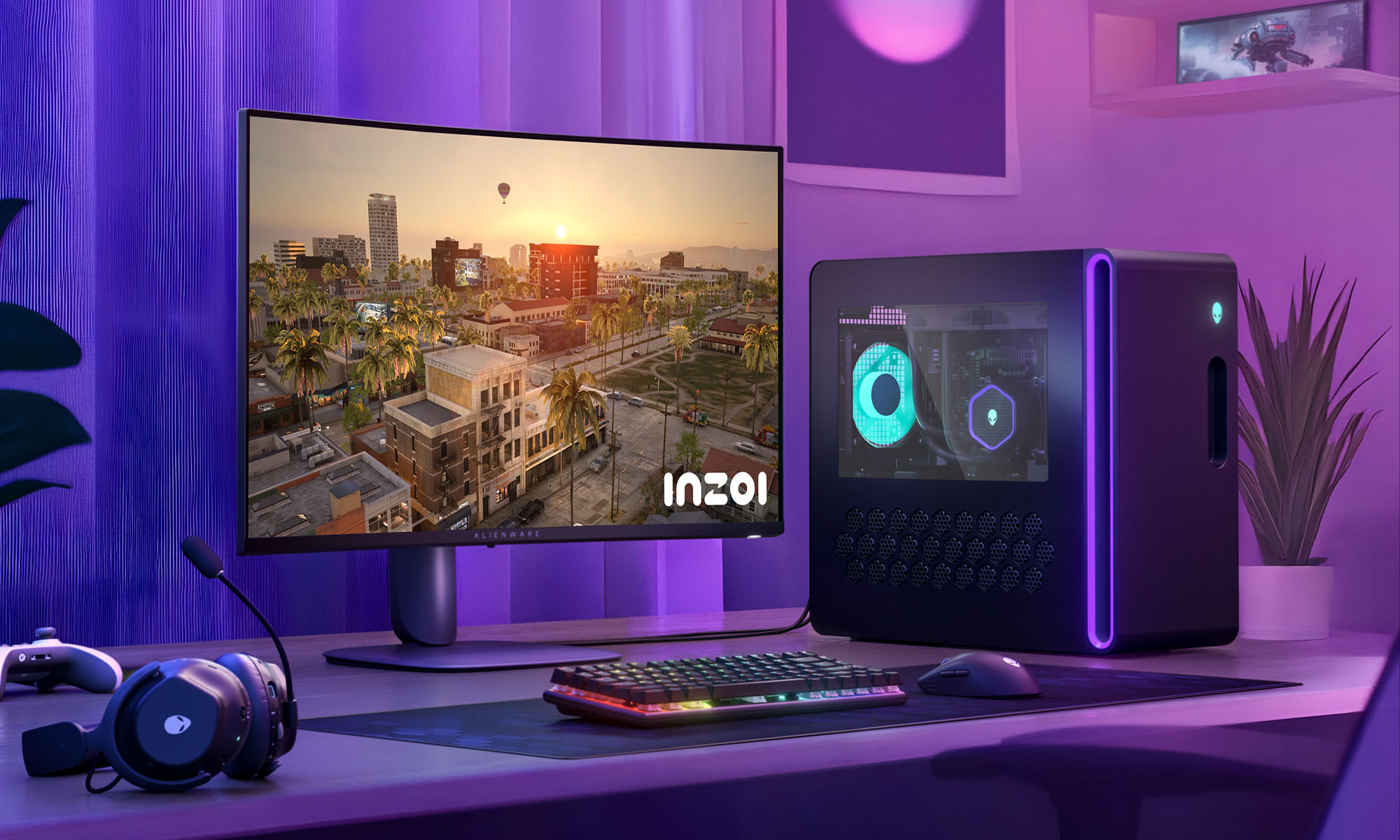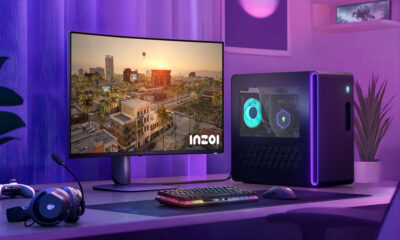News
After Two Decades, Microsoft Announces Skype Shut Down
21 years after its creation, the service will come to an end on May 5, 2025, as Microsoft prioritizes its Teams platform.

Microsoft has officially announced plans to discontinue Skype, with the service set to go offline on May 5, 2025. The company will instead shift its focus to Microsoft Teams, which has become its primary communication and collaboration platform.
“The way we communicate has evolved significantly over the years. From instant messaging to video calls, technology has continuously transformed how we connect […] To streamline our free consumer communications offerings so we can more easily adapt to customer needs, we will be retiring Skype in May 2025 to focus on Microsoft Teams, our modern communications and collaboration hub,” Microsoft stated.
As part of this transition, Skype’s phone calling feature — including domestic and international calls — will also be phased out. Users who rely on Skype Numbers will need to transfer them to another provider before the shutdown. However, Microsoft will maintain interoperability between Skype and Teams, allowing users to send messages between the two platforms.
To ease the migration, Microsoft will enable Skype users to sign in to Teams using their existing credentials or export their Skype data to use with another provider. Additionally, Microsoft is ending pay-as-you-go calling services for new customers while existing subscribers can use their remaining credits until their next renewal period. The company has not clarified whether users will receive refunds for unused balances.
Skype’s shutdown doesn’t come as a surprise. Originally developed in 2003, the platform quickly gained traction, reaching 40 million users by 2005, which led to eBay acquiring it for $2.6 billion. Microsoft later purchased Skype in 2011 for $8.5 billion, but over time, the platform struggled to maintain its dominance after the rise of competitors like Zoom and Slack.
Also Read: Top E-Commerce Websites In The Middle East In 2025
Microsoft’s introduction of Teams in 2017 as a direct competitor to Slack, also meant a gradual overshadowing of Skype. The platform became even more central to Microsoft’s ecosystem when it was made the default communication app for Windows 11. By December 2024, Microsoft had already stopped allowing Skype users to add credit or purchase new phone numbers, signaling its intent to phase out the platform completely.
Jeff Teper, president of Microsoft 365 collaborative apps and platforms, acknowledged the significance of the decision. “We know this is a big deal for our Skype users, and we’re very grateful for their support of Skype and all the learnings that have factored into Teams over the last seven years,” he said. “At this point, putting all our focus behind Teams will let us give a simpler message and drive faster innovation”.
News
Alienware Just Announced Six New Gaming Monitors
The new models include three QD-OLED and three budget-friendly QHD options, expanding the company’s lineup for all gamers.

Alienware has just updated its gaming monitor lineup with six new additions, including the highly anticipated Alienware 27 4K QD-OLED Monitor. The latest wave of releases is set to reach more gamers than ever, offering high-end QD-OLED displays alongside more budget-friendly options.
The latest displays clearly show that the company is doubling down on QD-OLED with three new models sporting the technology. A redesigned Alienware 34 Ultra-Wide QD-OLED Monitor is also making a return, further refining what is already a fan-favorite display.
A Unified Design: The AW30 Aesthetic
All six monitors feature Alienware’s new AW30 design language, first introduced at CES. The AW30 aesthetic brings a futuristic, minimalist look that unites the entire lineup under a cohesive visual identity.
Pushing QD-OLED Even Further
The refreshed Alienware 34 Ultra-Wide QD-OLED Monitor (AW3425DW) builds on its predecessor’s success with a 240Hz refresh rate (up from 175Hz) and HDMI 2.1 FRL support. It also gains G-SYNC Compatible certification alongside AMD FreeSync Premium Pro and VESA AdaptiveSync, ensuring ultra-smooth performance. With a WQHD (3440×1440) resolution and an 1800R curve, this display enhances immersion for both gaming and cinematic experiences.
For those who crave speed, the Alienware 27 280Hz QD-OLED Monitor (AW2725D) pairs a high refresh rate with QHD resolution, balancing sharp visuals with ultra-smooth gameplay. Meanwhile, the Alienware 27 4K QD-OLED Monitor (AW2725Q) delivers stunning clarity with an industry-leading pixel density of 166 PPI, making it the sharpest OLED or QD-OLED monitor available.
Also Read: Infinite Reality Acquires Napster In $207 Million Deal
Worried about OLED burn-in? Alienware’s entire QD-OLED lineup comes with a three-year limited warranty covering burn-in concerns, offering peace of mind for gamers investing in these high-end displays.
Bringing QHD To A Wider Audience
Alongside QD-OLED, Alienware is also releasing three new QHD gaming monitors aimed at more price-conscious gamers. The Alienware 34 Gaming Monitor (AW3425DWM), Alienware 32 Gaming Monitor (AW3225DM), and Alienware 27 Gaming Monitor (AW2725DM) provide a range of sizes and formats to suit different preferences:
- The Alienware 34 Gaming Monitor (AW3425DWM): An ultrawide (WQHD) option for a panoramic, immersive experience.
- The Alienware 32 Gaming Monitor (AW3225DM): A standard 16:9 panel for a traditional but expansive desktop setup.
- The Alienware 27 Gaming Monitor (AW2725DM): A 27” display offering the same performance in a more compact form factor.
All three gaming monitors feature a fast 180 Hz refresh rate, a 1ms gray-to-gray response time, and support for NVIDIA G-SYNC, AMD FreeSync, and VESA AdaptiveSync to eliminate screen tearing. Additionally, with 95% DCI-P3 color coverage and VESA DisplayHDR400 certification, these displays deliver vibrant colors and high dynamic range for lifelike visuals.


























